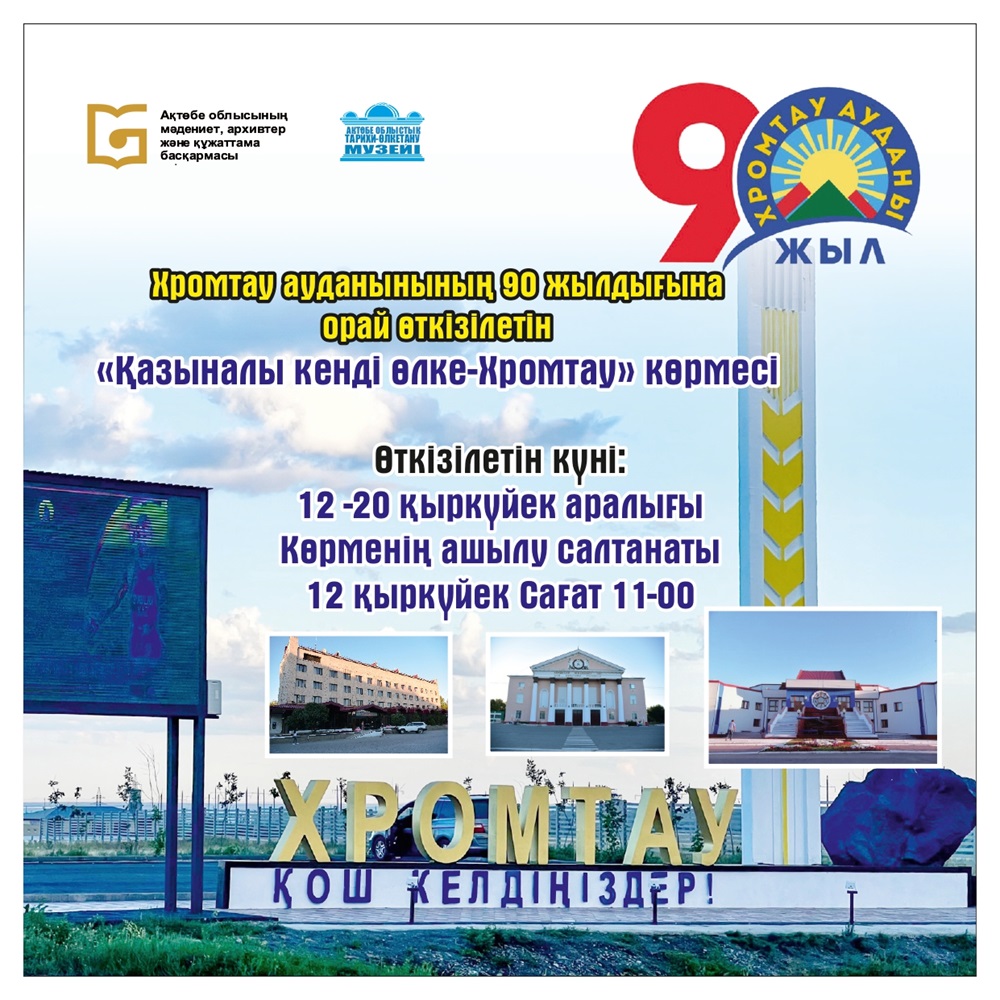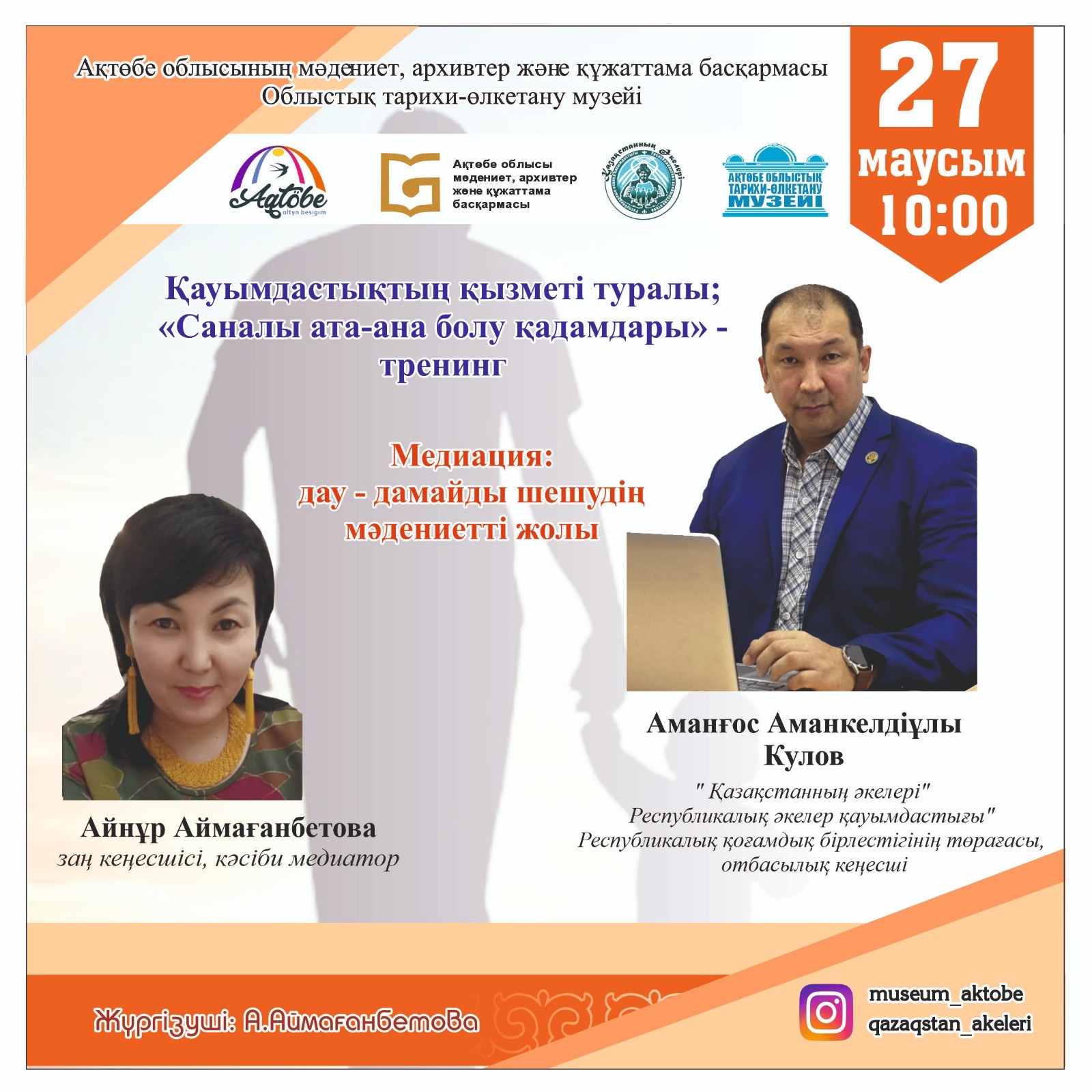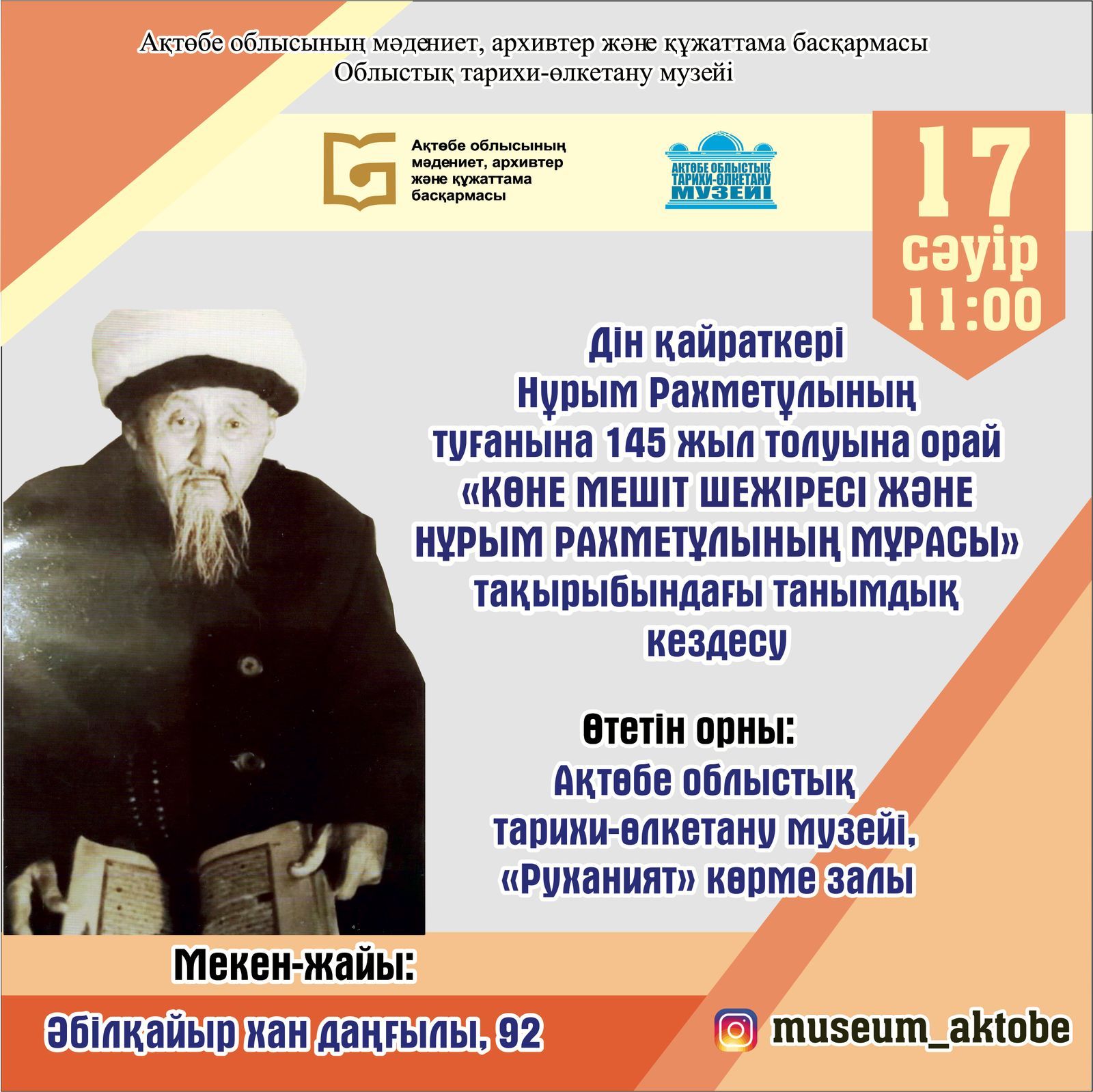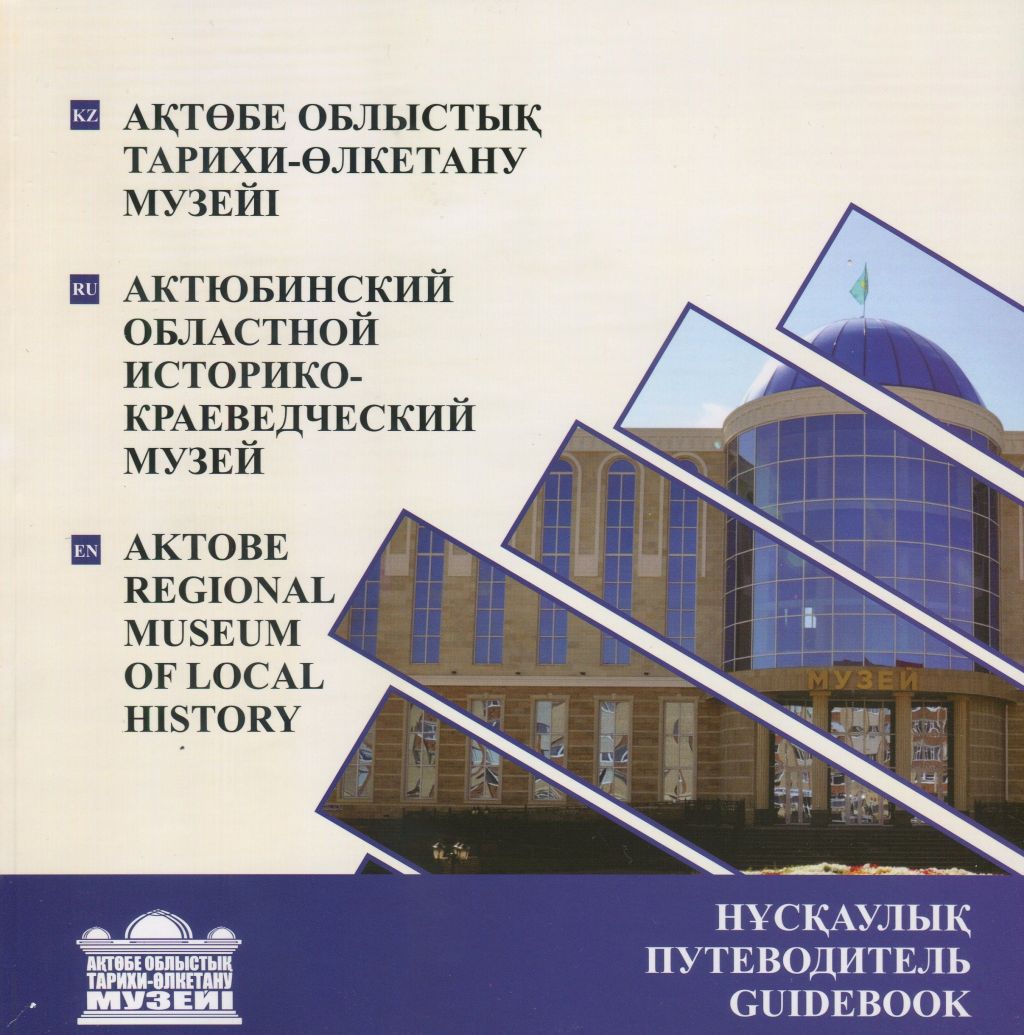On March 17, within the framework of the scientific program "Sacred Geography of Kazakhstan", the exhibition hall of the Aktobe Regional Museum of Local History hosted a presentation of the scientific reconstruction of materials from the elite burial mound I of the Taskopa I burial ground.
The event was attended by the governor of the region O. Urazalin, the director of the Institute of Archeology named after A. Margulan B. Baitanaev, famous archaeologists, historians, representatives of the intelligentsia, public organizations, higher educational institutions.
Unique archaeological materials were obtained in 2019 as a result of the study of elite burial structures in the Temir district of the Aktobe region. In mound 1, at a depth of 5.70 m, a catacomb burial was cleared with a burial chamber on the southern side. The preserved gold objects allow us to talk about the burial of a representative of the elite of Sarmatian society.
On the basis of the discovered materials, the research team of the Aktobe Regional Museum, the A. H. Margulan Institute of Archeology and the Institute of Material Culture of the Russian Academy of Sciences, after conservation and scientific processing, recreated the appearance of the Sarmatian leader of the second half of the first millennium BC.
Made in the process of scientific reconstruction and made in full size art models-reconstructions contribute to the understanding of the costume and funerary culture of the ancient Sarmatians who lived in the territory of Western Kazakhstan and are of considerable interest to a wide range of visitors to the museum.



















